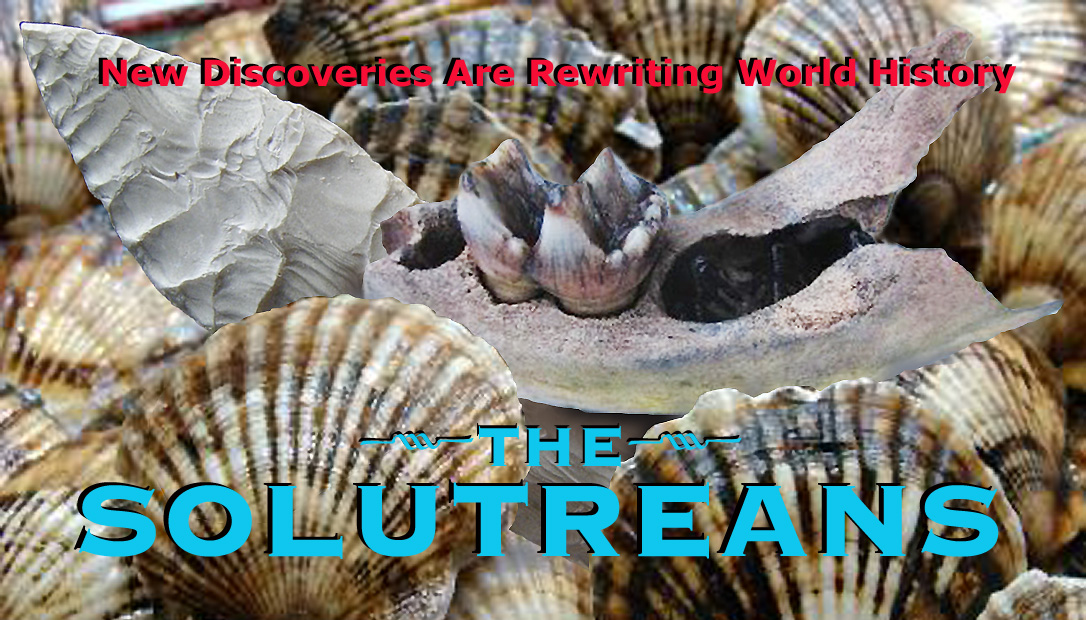

by Gary Vey for viewzone
DNA Evidence linking American Indians to Europeans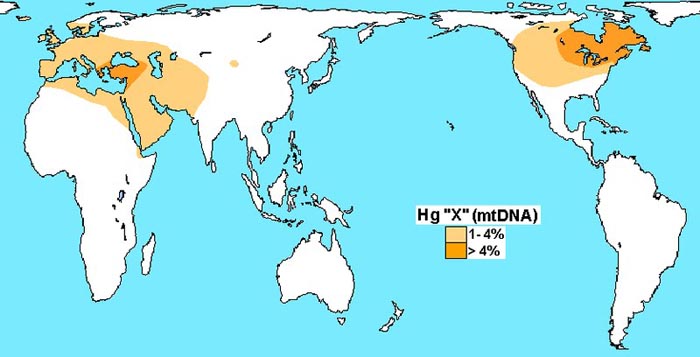
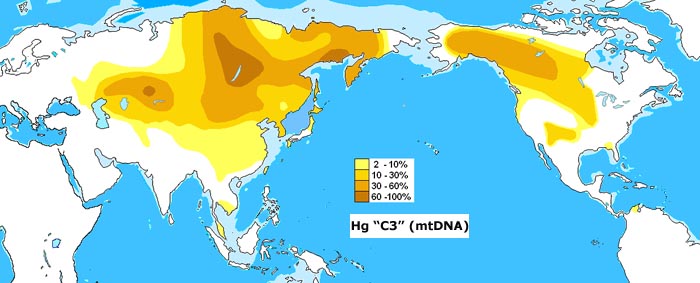
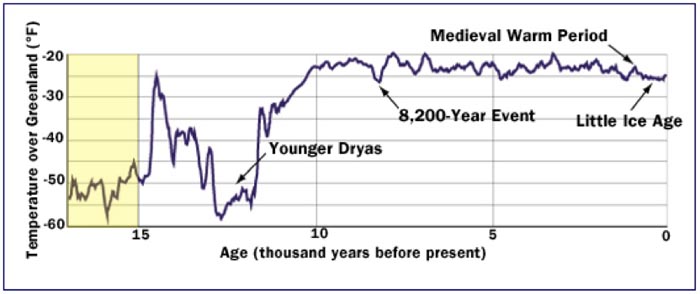
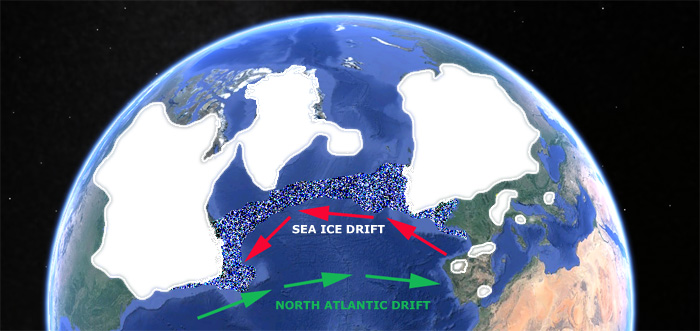


There are no known human remains of the European Solutreans or Clovis culture in North America. Therefore, no DNA can be directly assessed to determine the nature and extent of the association of these two groups.
Anthropologists have tried to determine the racial characteristics of various groups by such things as their skull size and shape and other anatomical peculiarities, but this is always subject to error and interpretation. In cases where human remains have been found, the age of the remains almost always prevents extraction of adequate DNA. The exceptions being the recent extraction of DNA from Neanderthal specimens which where obtained from ancient teeth.
That being said, some surprising results were obtained in a study that assessed the DNA of a variety of human populations around the world using mitochondrial DNA to determine the relatedness of these populations.
Mitochondrial DNA (mtDNA) and haplogroups
When a sperm and egg combine to form a zygote the genetic codes of both mother and father re-combine in the new organism. But in a particular organelle inside each cell, called the mitochondria, the DNA is always a copy of the mother's code.
Over time this code will have slight mutations and so, eventually, the lineage of a specific group will be unique for their race, ethnicity and family history. These mutations are called haplogroups and by studying them it is possible to form a family tree of humanity going back in time to a single common mother. The woman at the root of all these groups is the matrilineal most recent common ancestor (MRCA) for all currently living humans. She is commonly called Mitochondrial Eve.
The letter names of the haplogroups run from A to Z. As haplogroups were named in the order of their discovery, they do not reflect the actual genetic relationships. We will be looking at haplogroups X and C3.

[Above:] Although the global occurrence is very small (less than 4%) the population containing the X mutation appears concentrated in the Algonquin Native American Indian population and in what is now Turkey.
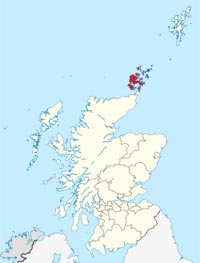 This is thought to reflect the movement of the populations over the past 20 to 30 thousand years. The Solutreans are thought to have migrated East at the end of the last ice age, perhaps following game, while the Clovis culture is thought to have been absorbed by more recent Native American Indians and pushed to the remote Canadian wilderness.
This is thought to reflect the movement of the populations over the past 20 to 30 thousand years. The Solutreans are thought to have migrated East at the end of the last ice age, perhaps following game, while the Clovis culture is thought to have been absorbed by more recent Native American Indians and pushed to the remote Canadian wilderness.
It is significant that the population of X mutations remains in the East, where the most dense Clovis artifacts were found and that it is not totally obliterated in the remaining parts of North America.
Another supporting statistic is that haplogroup X has been found in people of the Orkney Islands, which were part of the North sea shelf and were free from glaciation during the last ice age. These islands would have been accessible to the Solutreans during their sea migrations.
Traces of haplogroup X are found in both living and prehistoric Basque populations which are believed to be descendants of Paleolithic Europeans.

[Above:] It is thought that the more recent migration of Asians, through the Bering Straits, accounts for the higher occurrence of mutation C3. We see this especially true in Alaska and western Canada where the ice-free corridor opened up following the last ice age. Here we have 30-60% of indigenous people with this mutation.
Quite naturally, the highest concentrations (60-100%) of mutation C3 are found along the proposed migration route, in northern Siberia, around Lake Baikal and in the Kamchatka Peninsula (where the Dyuktai Cave archaeological site was dated to 10,000 years ago).
Climate & Ice Flow Data
During the 1970s the CLIMAP (Climate Mapping Analysis and Prediction) was established to produce models of past climate changes in order to help us understand the present cycles and changes we encounter, especially with regards to global warming. Because of this we have some excellent models of how the world's weather reacted to the last ice age.
While we usually think of an ice age as a single cooling event, these models showed that within an ice age there is quite a bit of diversity. Although the temperatures do not vary on a large scale, local variations of cooling and warming cycles can have dramatic effects on yearly ice flows. Such was the case in the North Atlantic.

[Above] Highlighted variations during the last ice age were small but altered the flow of ocean current and allowed ice packs to form and brake up every six months. The period shown is from 15 to 18 thousand years BP although the Solutreans almost certainly began this migration thousands of years earlier.

"Paleoclimatological mapping has produced some surprising results. We have long talked about four ice ages. It is now apparent that multiple events during the Pleistocene represented long-term cooling trends, known as Bond cycles, and incorporated many shorter ice advances that alternated with periods of warming. Heinrich events, named for Hartmut Heinrich, were periods when massive amounts of ice calved off glaciers and formed huge packs of icebergs. Although we once thought that creating an ice age took millennia, we now realize that drastic climatic changes can happen extremely rapidly, perhaps even within a few decades." [2]
Climate experts say the temperatures in western Europe during the last ice age were 10°C colder than today. The wind, blowing off the glaciers, would have been dry and cold, forcing refuge near the coast where ocean water would mitigate the freezing. Flora and fauna would have been severely reduced, making survival difficult.
The coast line was extended further than today as the oceans had dropped nearly 130 meters due to the water being locked in the mile thick glaciers. Archaeological research shows that the only inland game was the non-migrating red deer who seemed to thrive on what little vegetation remained. The wooly mammoths, rhinos, musk and oxen did not survive and the Solutrean diet eventually sought sea birds and seals on the ice packs.
It is thought that the Solutreans crossed the North Atlantic, either by accidentally becoming stranded on an ice flow that drifted West or by seeking out a land of which they could have known very little, if at all. However they did it, the eventually arrived in North America and, for several centuries, thrived and left traces of their survival which historians have called the Clovis Culture.
Next: Cultural and Linguistic Clues


Notes:
[2] Dennis J. Stanford and Bruce A. Bradley, ACROSS ATLANTIC ICE: The Origin of America's Clovis Culture, page 207, University of California Press, 2012, ISBN 978-0-520-22783-5 (available from amazon.com)
COMMENTS are listed on the last page of this article.
Remembering Kennewick Man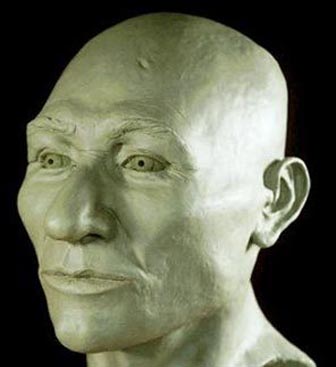
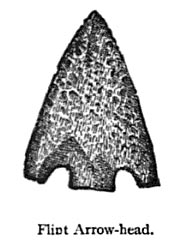

The human skeletal remains that have come to be referred to as the "Kennewick Man", or the "Ancient One", were found in July, 1996 below the surface of Lake Wallula, a section of the Columbia River pooled behind McNary Dam in Kennewick, Washington. Almost immediately controversy developed regarding who was responsible for determining what would be done with the remains. Claims were made by Indian tribes, local officials, and some members of the scientific community. The U. S. Army Corps of Engineers (COE), the agency responsible for the land where the remains were recovered took possession, but its actions, following the Native American Graves Protection and Repatriation Act (NAGPRA), to resolve the situation were challenged in Federal court.
In March, 1998, the Department of the Interior and National Park Service agreed to assist the COE in resolving some of the issues related to the Federal case.
Between 1998 and 2000, the Department of the Interior and National Park Service, in cooperation with the Corps of Engineers, the federal agency responsible for the Kennewick remains, conducted a series of scientific examinations of the remains. No fewer than eighteen nationally and internationally recognized scientists and scholars conducted this variety of historical and scientific examinations, analyses, tests, and studies.
Radio Carbon-14 Tests
Prior to the detailed examination of the Kennewick human remains in February, 1999, reported by Powell and Rose (1999) there were questions concerning whether the skeletal elements collected during July and August, 1996, were from a single individual. Powell and Rose demonstrated that the remains obtained from the original collector by the Corps of Engineers and curated since September, 1996, by them indeed were from a single individual. Also arguing for these bones being from the same individual is the fact that three independent radiocarbon dates consistently show the bones to date between about 8000 and 8500 BP.
Age and Sex
All morphological traits of the skull and pelvis scored in the male category. With the exception of the midlambdoid and anterior median palatine sutures, all others listed in the Standards volume (Buikstra and Ubelaker, 1994) were closed. The internal aspects of the sutures could not be viewed because the calvarium was filled with matrix. The sutures suggest an old age-at-death. The pubic symphysis and auricular surface morphology suggest an age of 45-50 years.
Height & Stature
Based on the more complete arm elements, the stature of the Kennewick individual is best approximated by humeral dimensions regressed on modern Mongoloids (Table 5). This produced stature estimates ranging from 173.9 to 177.3 cm (5' 9" inches to 5' 10"). Arm estimates have a standard error of 4.25 to 4.66 cm (1.6" to 1.8"). Stature estimates based on fragmentary elements of the leg are presented in Table 6. Mean stature estimates, across all reference samples (Table 6) provide a range of 172.70 cm to 178.36 cm (5' 8" to 5' 10").
DNA Analysis
DNA was not able to be analyzed due to degradation over time. Anthropologist Joseph Powell of the University of New Mexico was allowed to examine the remains. Powell used craniometric data obtained by anthropologist William White Howells of Harvard University and anthropologist Tsunehiko Hanihara of Saga University that had the advantage of including data drawn from Asian and North American populations. Powell said that Kennewick Man was not European but most resembled the Ainu and Polynesians. Powell said that the Ainu descend from the Jomon people who are an East Asian population with "closest biological affinity with south-east Asians rather than western Eurasian peoples". Furthermore, Powell said that dental analysis showed the skull had a 94 percent chance of being a Sundadont group like the Ainu and Polynesians and only a 48 percent chance of being a Sinodont group like that of North Asia. Powell said analysis of the skull showed it to be "unlike American Indians and Europeans". Powell concluded that Kennewick man "is clearly not a Caucasoid unless Ainu and Polynesians are considered Caucasoid."
Embedded Spear in Hip

Analysis found that bone had partially grown around a 79 mm (3.1 in) stone projectile lodged in the ilium, part of the pelvic bone. On x-ray, nothing appeared. Analysis put the bone through a CT scan, and it was discovered the projectile was made from a siliceous gray stone that was found to have igneous (intrusive volcanic) origins. The projectile was leaf-shaped, long, broad and had serrated edges, all fitting the definition of a Cascade point. This type of point is a feature of the Cascade phase, which occurred roughly 7,500 to 12,000 years ago and post-dates the Clovis Culture.